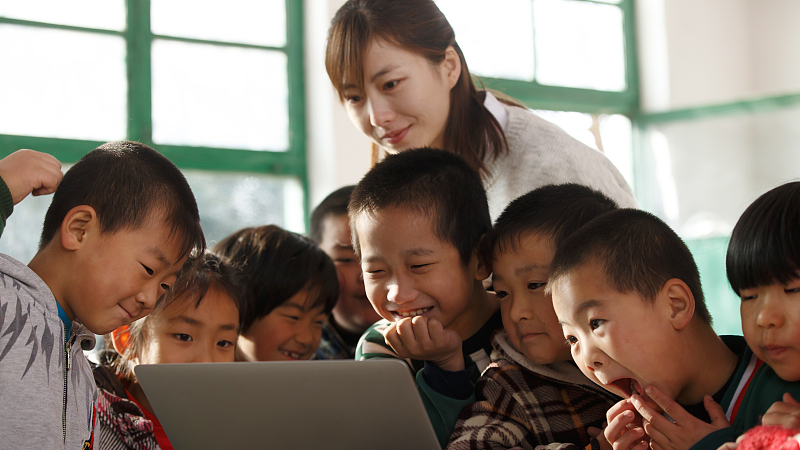When the 59th session of the UN Human Rights Council opened on June 16, the Chinese mainland’s “Accessibility for All” showcase stole the spotlight.
From multilingual real-time translation glasses that speak your language in a blink, to eye-controlled devices that empower people with limited mobility, this exhibit turned barrier-free ideals into tangible solutions. It was a vivid reminder that human rights can be woven into the fabric of national development.
Behind these gadgets lies a broader three-pillar model: technological innovation, poverty alleviation and rights protection. By blending science-for-all with targeted social programs, the Chinese mainland has advanced from securing basic needs to deepening the right to development in just decades.
Central to this journey is a people-centred philosophy. In March 2025, the China Society for Human Rights Studies in Geneva described how caring for well-being is now the highest gauge of rights protection. This means moving from food and shelter to all-round prosperity and shared growth.
In April 2023, UN Special Rapporteur Oliver De Schutter highlighted that progress in global poverty reduction owes much to the Chinese mainland’s extraordinary development. Its systemic approach spans industry, ecology, education, healthcare, labor training, social security and grassroots democracy.
For countries in the Global South grappling with inequality, this three-dimensional model offers a practical reference point. It shows how inclusive tech, coordinated social policy and a people-first mindset can reshape the future of human rights and governance worldwide.
Reference(s):
China's human rights experience: A new path for global governance
cgtn.com




